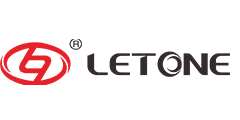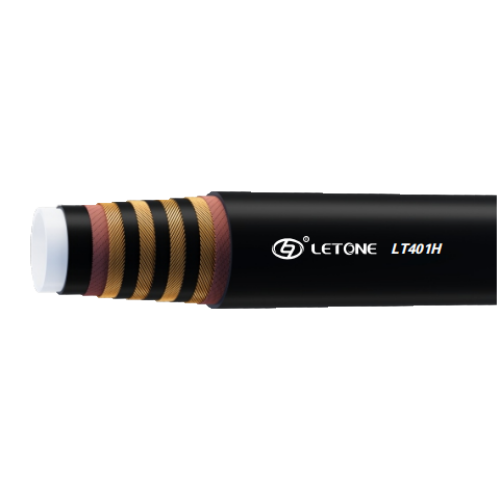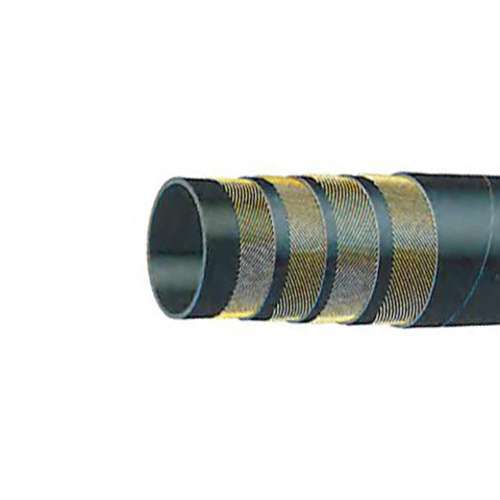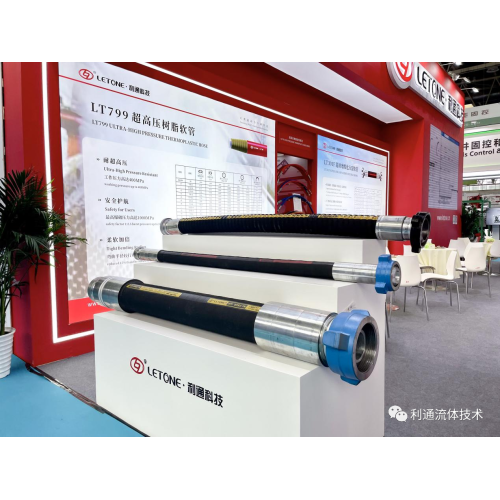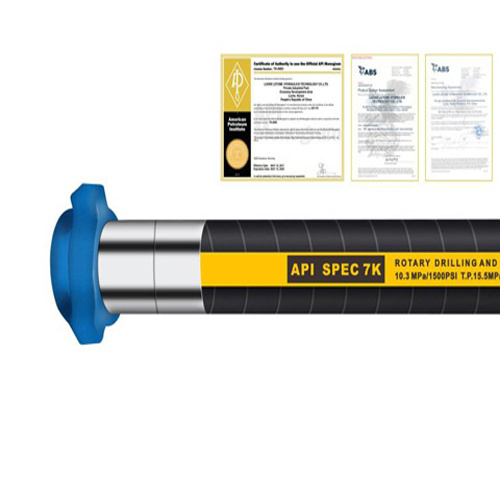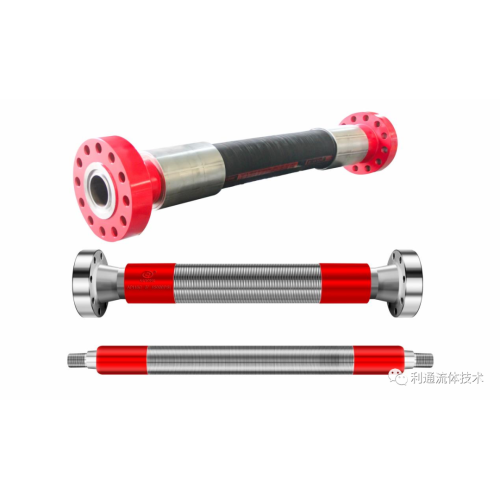Unsaturated Polyester Resin Adhesive I. General The resin produced by polycondensation reaction of dibasic or polybasic carboxylic acid and dihydric or polyhydric alcohol is called polyester resin and can be divided into two major categories, saturated polyester and unsaturated polyester.
Unsaturated polyester resins are generally linear polymers formed by polycondensation of unsaturated dibasic acids, saturated dibasic acids, and glycols, and contain both unsaturated double bonds and ester bonds in the resin molecule. Since the unsaturated polyester resin thus obtained is in a solid or semi-solid state and cannot be well cross-linked into a product having a good body structure, it must be diluted with a cross-linking agent styrene to have a certain degree in the later stage of production. Viscosity resin solution. In fact, the unsaturated polyester resin used is this resin solution. In addition, a curing agent and the like are used to cause radical copolymerization of the double bonds in the styrene monomer and unsaturated polyester molecules, and the final cross-linking becomes a body shape. Structural resin.
Thus, the unsaturated polyester resin is a thermosetting resin, and its reaction process for forming a bulk structure is as follows: the first step is to generate a linear molecule through the polycondensation reaction of a dibasic acid and a dihydric alcohol; and the second step is during the curing process. The free-radical copolymerization between the resin and the cross-linker gives a bulk structure. This different reaction stage is achieved through different functional groups and different reaction mechanisms and is a feature of synthesis and curing of unsaturated polyester resins.
Performance Features and Additives Unsaturated resin is less than half the price of bisphenol A type EPOXY. It has low viscosity, can be cured under normal temperature and pressure, and has high transparency and high bonding strength. It is often used in glass steel industry.
Crosslinkers for unsaturated resins include styrene (PS), acrylic acid, toluene methyl acrylate and phthalic acid diallyl acid, initiators such as benzoyl peroxide, cyclohexanone peroxide and butanone peroxide. Accelerators include cobalt naphthenate (cobalt benzoate is a styrene solution containing 2% metal cobalt), cobalt octoate, dimethylaniline and diethylaniline. The polymerization inhibitors include:
(a) Inorganic substances: sulfur, copper salts and nitrites.
(b) Polyphenols: hydroquinone, catechol and p-tert-butyl catechol
(c) 醌: 醌, 1,4-benzoquinone and phenanthrene
(d) Aromatic nitro compounds: dinitrobenzene, trinitrotoluene and aromatic acids.
(e) Amines: Pyridine, N-phenylamine, and phenanthrene.
The main advantages of unsaturated polyester resin:
(1) Excellent process performance. This is the most outstanding advantage of unsaturated polyester resins. It has a suitable viscosity at room temperature, can be cured at room temperature, molding under normal pressure, no small molecules are formed during the curing process, and therefore it is convenient to construct, easy to ensure quality, and can be used to adjust its process performance with a variety of measures, especially suitable for Large and on-site production of glass steel products.
(2) The cured resin has good overall performance. The mechanical properties of the resin is slightly lower than that of epoxy resin, but better than phenolic resin and furan resin; Corrosion resistance, such as the selection of resin type is better than epoxy resin; Other properties such as electrical properties, flame retardant properties, etc. Suitable resins meet the needs; in addition, the resin is light in color and can be made into light-colored, translucent, or transparent glass-steel products.
(3) Many varieties and wide adaptability.
(4) The commonly used unsaturated polyester resin has a low price.
The main disadvantages of unsaturated polyester resins:
1 Large volume shrinkage when cured.
2 There is a certain period of time for storage, usually six months.
3 There is a certain smell during construction.
Resin classification
According to different performance purposes, unsaturated polyester resins can be divided into general-purpose resins, corrosion-resistant resins, flame-retardant resins, low-shrinkage resins, cast resins, photocurable resins, gel coat resins, and paint and button resins. There are many varieties of each type of resin, such as corrosion resistant resin is divided into medium corrosion resistant resin and highly corrosion resistant resin, highly corrosion resistant resin according to the structure, including bisphenol A type resin, vinyl ester resin and xylene type resin Wait for several varieties.
